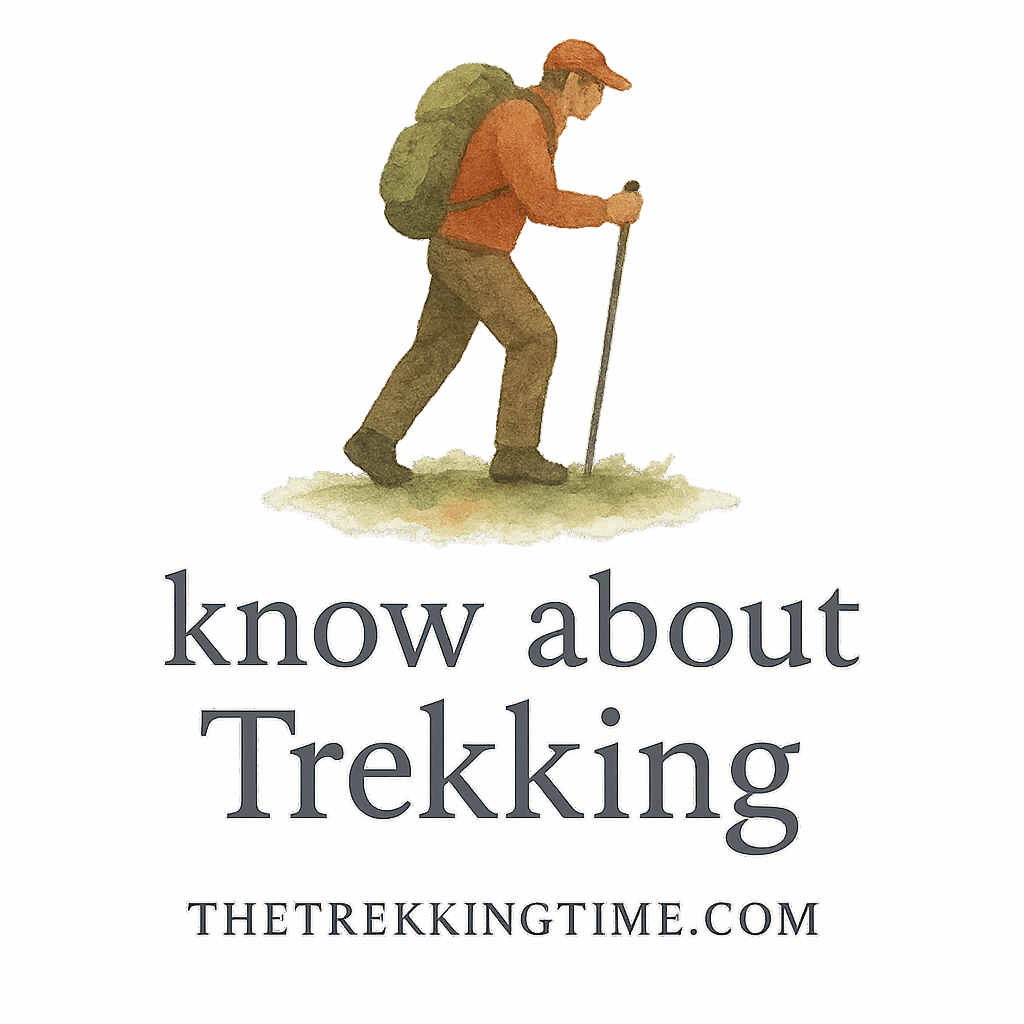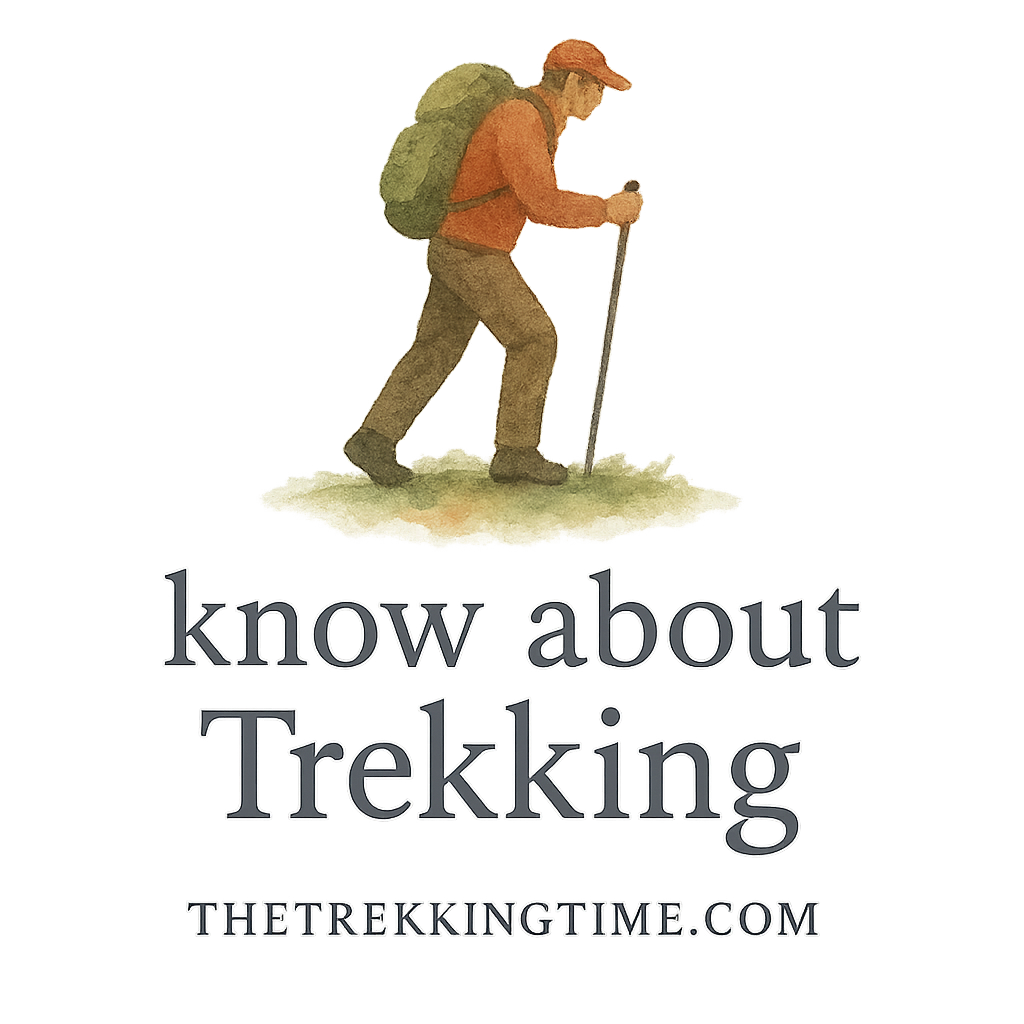If you’ve ever gone trekking and ended up with a rumbling stomach or worse, you already know how crucial safe drinking water is. Imagine trekking through the breathtaking Himalayas or along unknown trails only to fall sick due to contaminated water. That’s a surefire way to ruin a great adventure.
In this article, we’ll dive deep into the 6 best trekking water purification tools, what makes each unique, and how to choose the best one for your next journey. Trust us, your stomach and your trekking performance will thank you.
Why You Absolutely Need Water Purification Tools When Trekking
Waterborne Risks in the Wild
You might think that crystal-clear stream looks refreshing, but it could be a cocktail of Giardia, E. coli, and other microscopic troublemakers. Untreated water can lead to serious gastrointestinal issues, especially dangerous when you’re far from medical help.
How Clean Water Impacts Trekking Performance
Your body is a machine on the trail. Hydration keeps your muscles working and your mind sharp. Clean water equals endurance, focus, and health, making it a top trekking priority. Plus, staying well-hydrated improves your fitness and performance on the trail.
What to Look for in a Trekking Water Purifier
Weight and Portability
Let’s be honest: no one wants to lug around a bulky water system. Go for something lightweight and packable—your back will thank you.
Filtration Speed and Capacity
How fast does it purify? If you’re traveling with a group, capacity matters too. A slow filter might leave you thirsty and frustrated.
Effectiveness Against Viruses and Bacteria
Not all filters kill viruses. If you’re heading to areas with questionable water quality, make sure your purifier handles viruses, protozoa, and bacteria.
Durability and Lifespan
You don’t want a filter that dies halfway through your trek. Look for rugged tools with high usage capacity.
Ease of Use in Remote Conditions
Gloves on? Fingers frozen? Your purifier should still work. Simplicity is key when nature throws curveballs.
Top 6 Trekking Water Purification Tools Reviewed
1. Sawyer MINI Water Filter
Key Features
- Weighs only 2 oz
- Filters up to 100,000 gallons
- Removes 99.9999% of bacteria and protozoa
- Compatible with bottles, hydration packs, and pouches
Pros & Cons
Pros: Ultra-light, durable, super long lifespan
Cons: Requires frequent backflushing, doesn’t remove viruses
Great for minimalist trekkers who want serious performance in a tiny package.
2. LifeStraw Personal Water Filter
Key Features
- No setup needed—drink straight from the source
- Filters up to 1,000 gallons
- Removes bacteria, parasites, microplastics
Pros & Cons
Pros: Affordable, simple, compact
Cons: No storage option, doesn’t filter viruses
Ideal for emergency situations or ultralight hikers who value simplicity and speed.
3. Grayl GeoPress Water Purifier
Key Features
- Filters viruses, bacteria, protozoa
- Purifies 24 oz in just 8 seconds
- Durable and rugged bottle
Pros & Cons
Pros: Eliminates viruses, super fast, integrated design
Cons: A bit heavy for solo ultralight treks
Best choice for international treks or journeys where water security is questionable.

4. Katadyn BeFree Water Filter Bottle
Key Features
- Integrated flask and filter
- Filters up to 1,000 liters
- Ultra-light and squeezable
Pros & Cons
Pros: Super packable, easy to clean
Cons: Shorter lifespan, not virus-proof
Perfect for day hikes and treks where refilling is frequent.
5. MSR Guardian Purifier Pump
Key Features
- Military-grade purifier
- Filters bacteria, viruses, protozoa, sediment
- Self-cleaning mechanism
Pros & Cons
Pros: Very durable, ideal for group treks
Cons: Heavy, pricey
A solid investment for serious trekkers hitting difficult terrains with dodgy water sources.
6. SteriPEN Ultra UV Water Purifier
Key Features
- Uses UV light to destroy microorganisms
- Treats 1 liter in 90 seconds
- USB rechargeable
Pros & Cons
Pros: Lightweight, tech-savvy, effective against viruses
Cons: Needs battery power, doesn’t remove debris
Great if you want a high-tech gadget for global treks with risky water sources.
How to Choose the Right Tool for Your Trek
Matching Tool to Terrain and Water Sources
Are you trekking in mountains with snowmelt streams? Or jungles with muddy puddles? Choose a tool that fits your expected water source. If in doubt, go with multi-stage purifiers like Grayl or MSR.
Short Treks vs. Long Expeditions
Day trips? Go light. Something like the LifeStraw or Katadyn should do. For week-long treks, prioritize durability and virus protection.
Explore our guide on Trekking Destinations to match tools with the environment.
Smart Habits for Safe Water Use on the Trail
When and Where to Filter Water
Avoid scooping water near campsites, livestock paths, or stagnant pools. Mid-stream water is usually cleaner. Always filter—even when it looks safe.
Storage Tips for Purified Water
Use clean containers and avoid back-contamination. Hydration bladders work great, especially when paired with inline filters.
Read more on smart habits and trekking safety tips to stay safe out there.
Final Thoughts: Clean Water = Safe Trekking
Let’s keep it real—water is life, especially when trekking. Whether you’re a casual hiker or a seasoned hiker chasing the thrill of high altitudes, a water purifier is your best buddy.
Don’t compromise your health. Choose the right tool, learn how to use it, and make it part of your essential trekking gear. Trust me, your gut and your journey will thank you.
For more trekking basics and wellness insights, stay connected with The Trekking Time.
FAQs
1. Can I rely on boiling water instead of using a purifier?
Yes, but boiling takes time, fuel, and doesn’t remove debris or chemicals. A purifier is more convenient and efficient.
2. Are UV purifiers like SteriPEN effective in cloudy water?
Not really. UV light doesn’t work well in murky water. Pre-filtering is necessary.
3. Do I need a purifier even for mountain streams?
Absolutely. Even pristine water can have invisible contaminants from animals or upstream pollution.
4. How long do portable water filters last?
It depends on the brand. Some last up to 100,000 gallons (like Sawyer), while others last a few hundred liters.
5. Can I use these purifiers for everyday travel?
Definitely. Grayl and SteriPEN are great for cities or countries with questionable tap water.
6. Are these tools safe for kids to use?
Yes, though adult supervision is recommended. LifeStraw and Katadyn are kid-friendly options.
7. What’s the most important feature to look for?
That depends on your trek. But in general: virus protection, portability, and ease of use are key.


